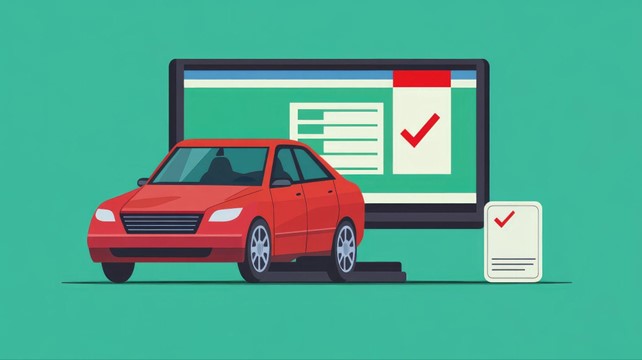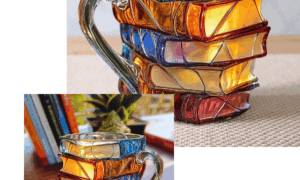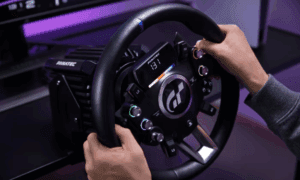There is no better way to learn about a used car’s background than with a vehicle history report. There are well-known paid services like Carfax, but many people who want to buy a car use cheaper options, like cheap autocheck reports, to find out about its past without spending a lot of money. The things that these cheaper reports usually cover are important to know, but what their weaknesses might be is even more so.
What These Reports Typically Include
A cheap car report usually has all the important details you need to make an educated choice. You can expect to see information about the car’s previous owners, such as how many people owned it and for how long each one did so. This can sometimes show that a car has been sold many times, which could mean that problems have not been fixed. Most importantly, these reports will almost always include an accident history section that lists any known collisions and how bad they were. This is very important for checking the strength of the structure. You will also find readings from the odometer that were taken over time. This helps find any differences that could mean that the number was changed or that someone was cheating the odometer. The report also generally confirms the status of the title, showing whether it’s clean or has a “salvage,” “rebuilt,” or “flood-damaged” brand, which can have a big effect on the safety and value of the car.
Potential Limitations and What to Watch For
Low-cost reports are useful, but they might not be as complete as more expensive reports. One common problem is that service and maintenance records aren’t always very thorough. Some reports may include basic service entries, but they might not include a full record of all routine repairs, upkeep, or part replacements. This is especially true if the work was done by mechanics who were not connected to a central database. In the same way, small accidents or fixes done without filing an insurance claim might not show up at all on the report. There may also be gaps in reporting, which means that very recent events may not be shown yet. So, a “clean” report doesn’t always mean that the car is perfect; it means that no big problems have been found.
Complementary Steps for Buyers
Because of these problems, a cheap car report should be seen as an important first step, but not the only one. After the service, you should always give the car a full physical check. Look for things that don’t match up with the report and the state of the car, like paint that doesn’t match, uneven panel gaps, or signs of damage that weren’t reported. It is strongly suggested that you have a trusted, independent mechanic check the car out before you buy it. A mechanic can find mechanical problems, hidden damage, and possible problems that a history report can’t find. This gives you an up-to-date picture of the car’s health. Lastly, it’s very important to check information with the seller or store and ask lots of questions about anything that isn’t clear in the report.
Basically, a cheap vehicle report is a good way to get an idea of a used car’s history. It tells you important things like who owned the car and what the title status is. By knowing what these cheap autocheck reports can and cannot tell you, along with a careful personal review and a professional mechanical assessment, you can greatly lower your risk and buy with more confidence.





























